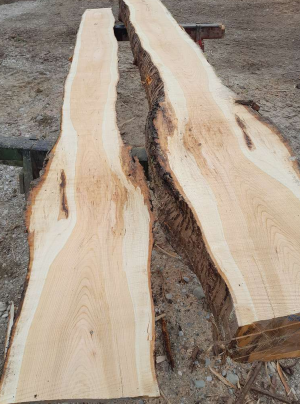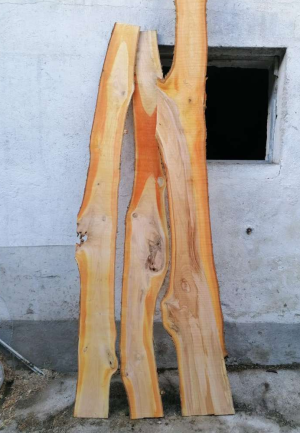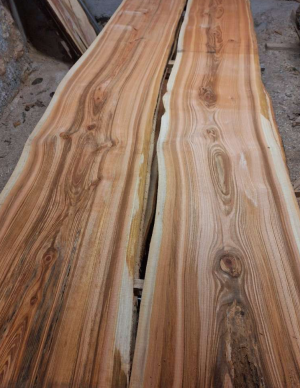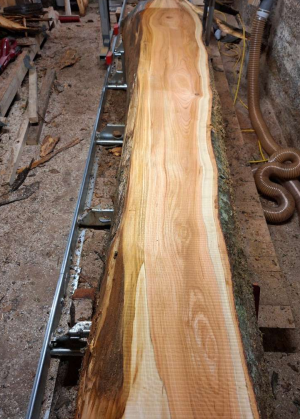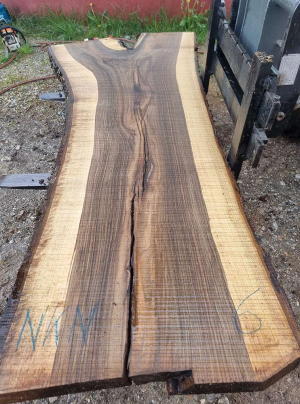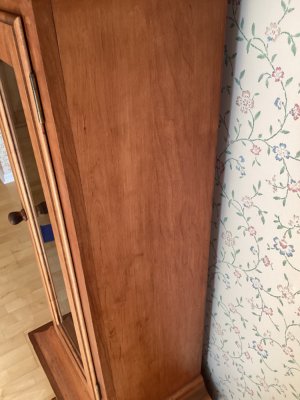Hi all, I have collected four different cherry tree branches and have now sliced them up BUT only one looks like the orange colour that I expected - A in the picture.
The others - B is brownish, C is white, and D is more yellow..
Can anyone shed a nit of light on this, I assume there must be different species of cherry, e.g. fruit and ornamental.
Thanks
Mick
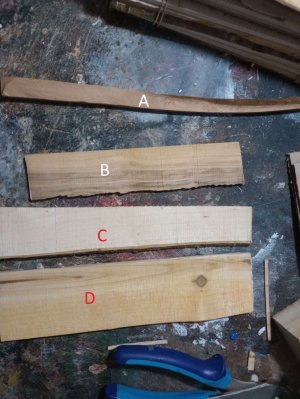
The others - B is brownish, C is white, and D is more yellow..
Can anyone shed a nit of light on this, I assume there must be different species of cherry, e.g. fruit and ornamental.
Thanks
Mick




